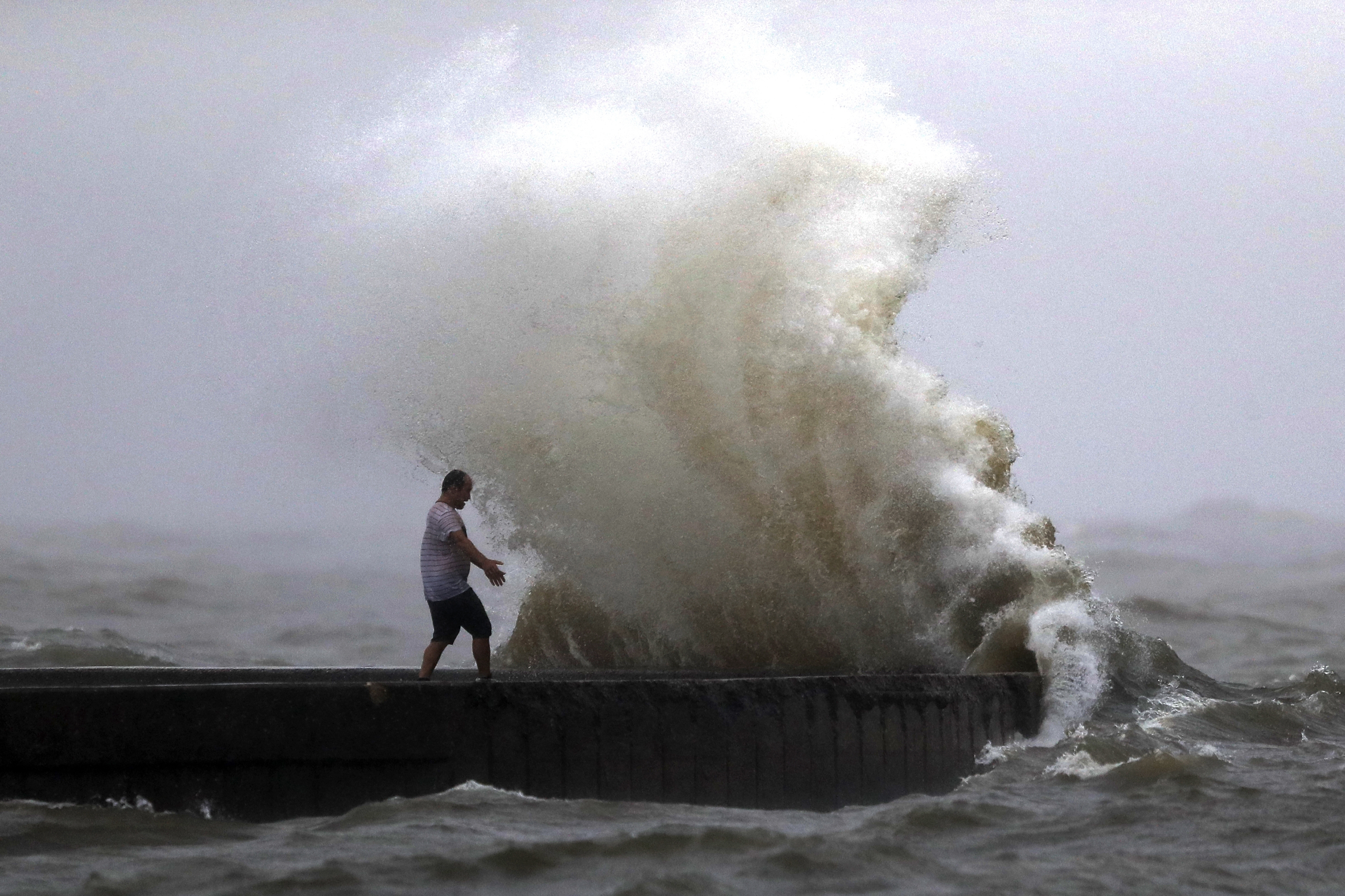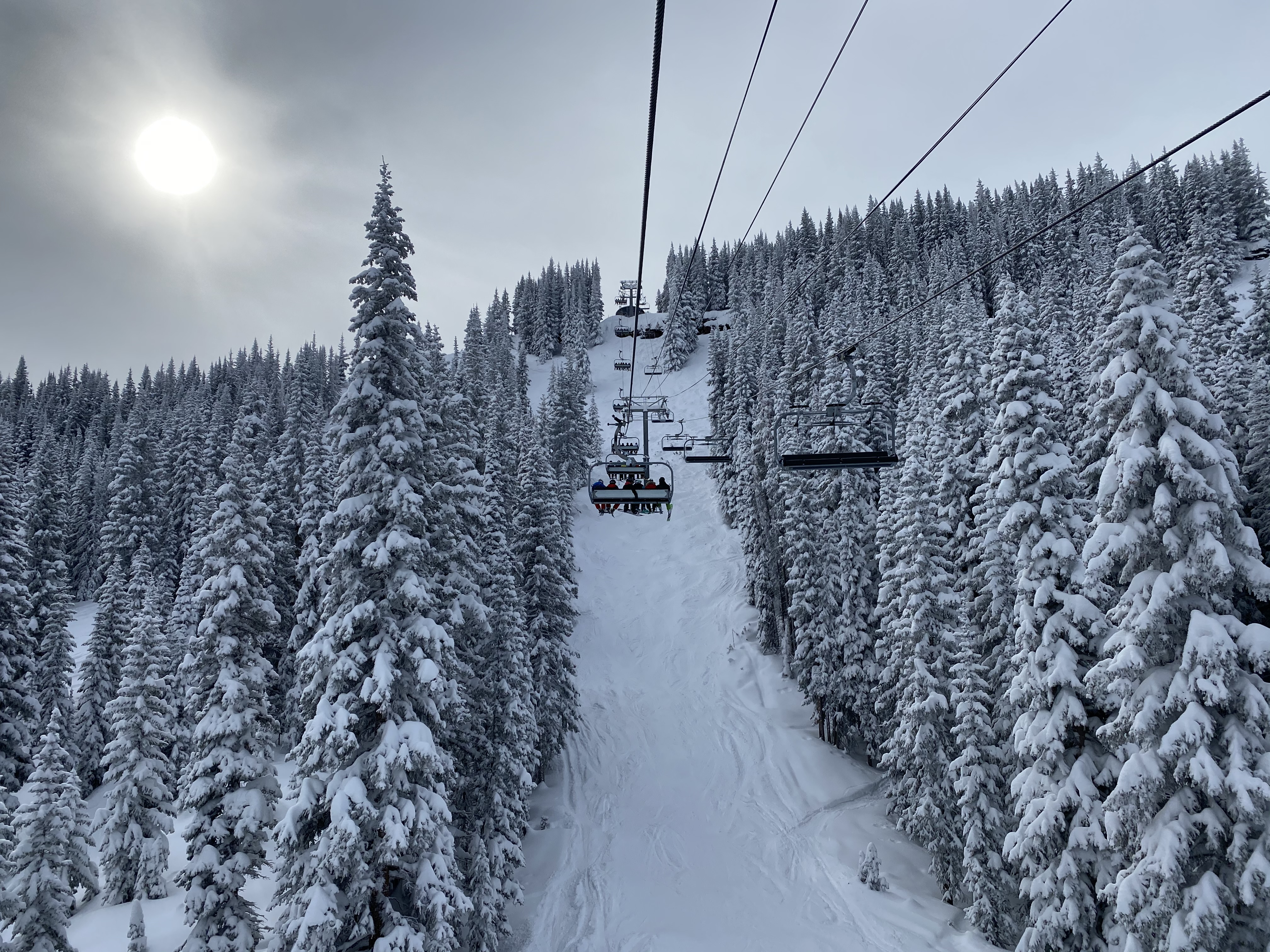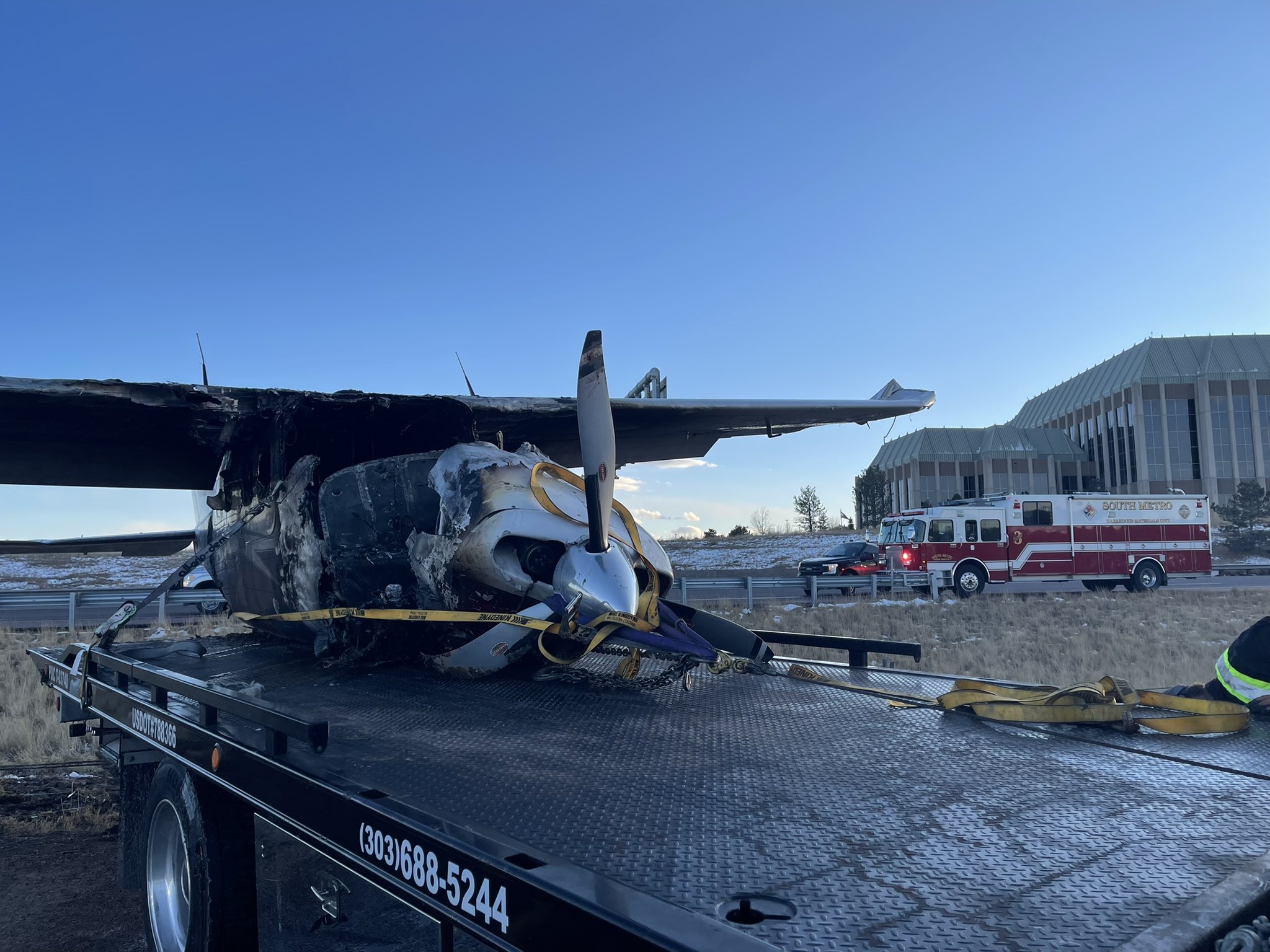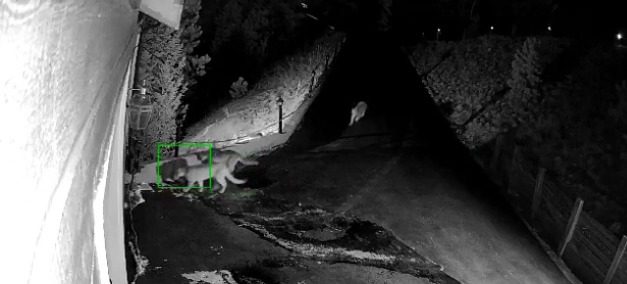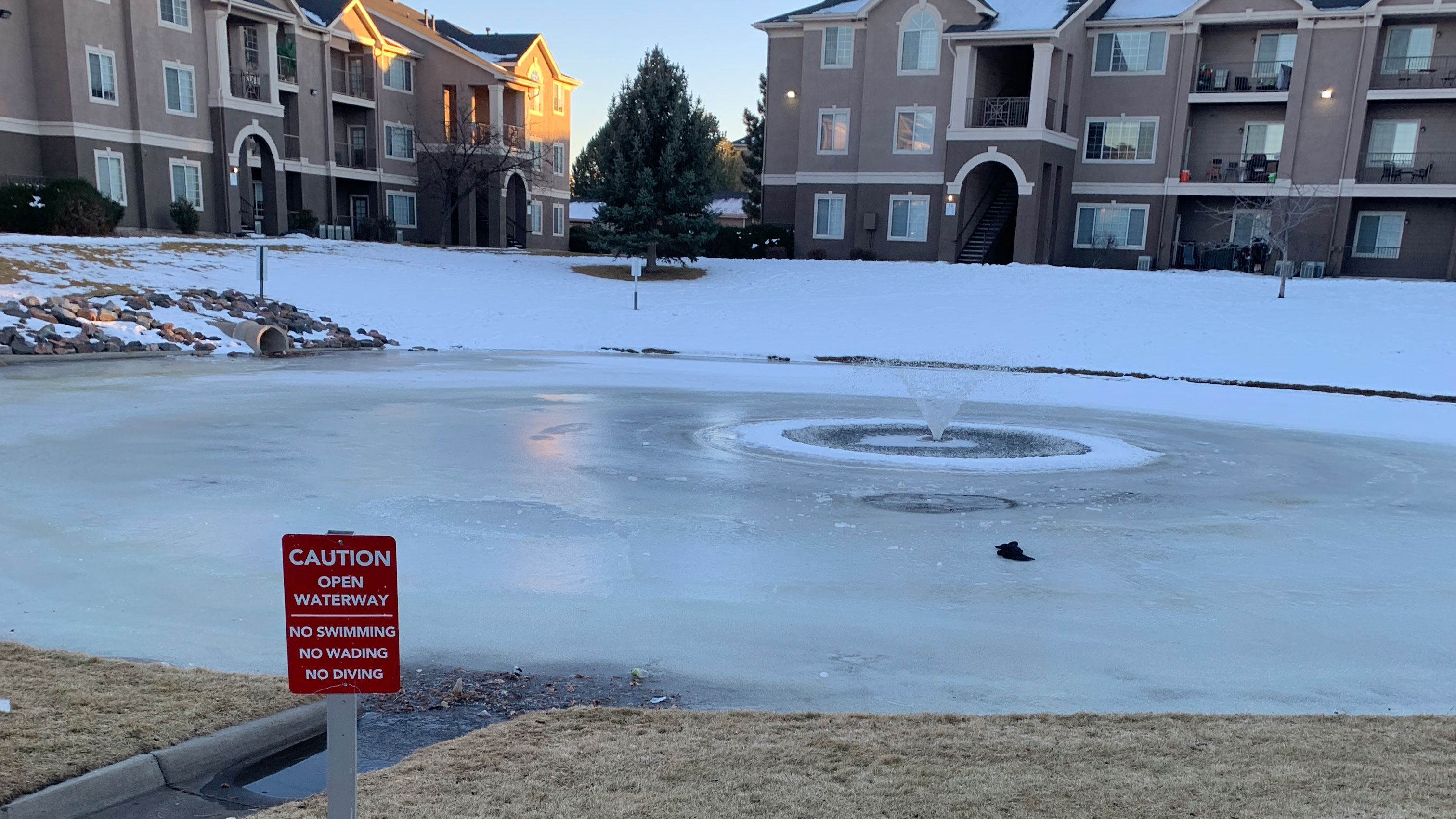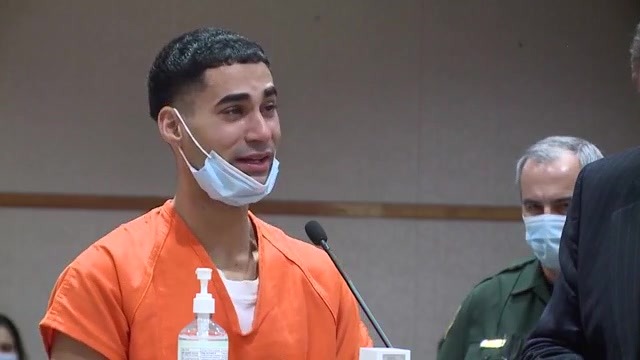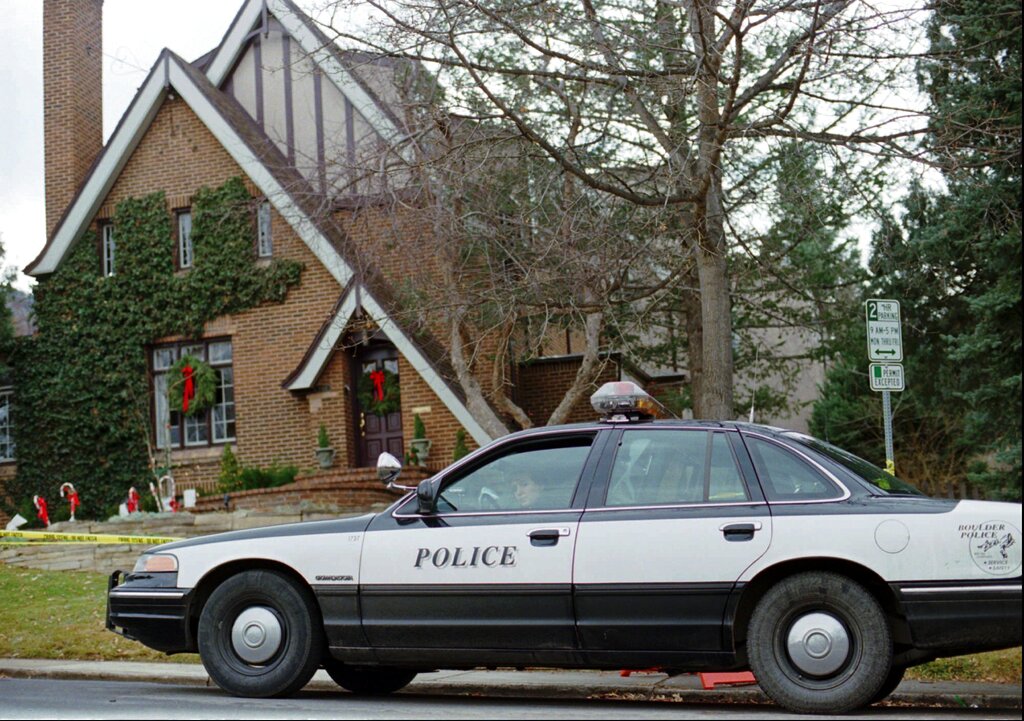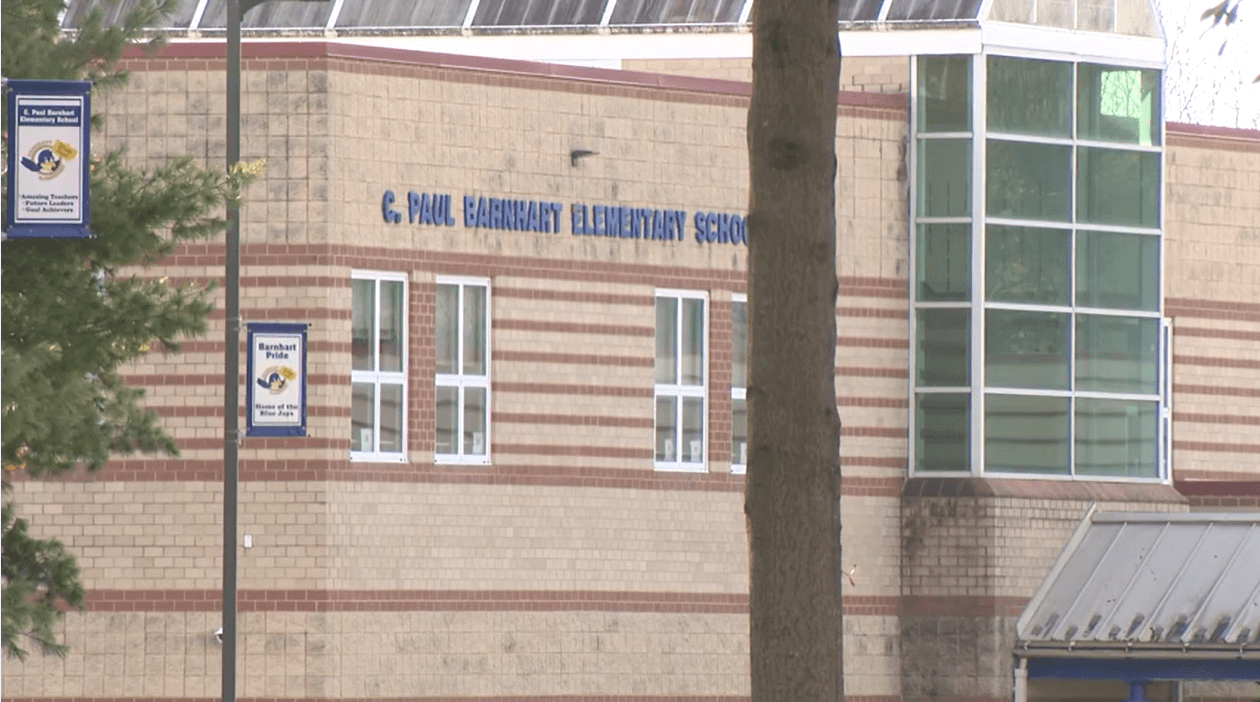HAMPTON ROADS, Va. (WAVY) — January is National Human Trafficking Prevention Month. All month long, advocates want more people to learn the warning signs that can ultimately safe someone’s life.
“If you put a frog in boiling hot water it will jump right out,” said Alia Dewee. “But if you put a frog in water that is still, and you slowly dial it up, it will stay and boil to death.”
That is how Alia Dewees describes how she ended up in a human trafficking situation. She was coerced into sex work from 13 years old until she was 26. Dewees said it took several attempts to escape.
Health and Human Services estimates more than 300,000 kids are trafficked every year, and only one percent of victims are identified. Experts say the pandemic made things worse.
“Through the National Center of Missing and Exploited Children, we saw a 90 percent rise in child enticement reports,” said Brittany Dunn, co-founder of Safe House Project. “With kids being online more, often they are exposed to more predatory behavior. They have a lot more time by themselves and try to build connections with people that they don’t necessarily know. “
Brittany Dunn of Safe House Project wants to raise more awareness about human trafficking. The non-profit Safe House helps educate people about the issue, provides housing and support to victims, and they work with lawmakers to help find solutions.
Experts shares that 34 percent of victims identified in our area are minors. Human trafficking often starts between the ages of 12 to 14 years old.
“For us here in Hampton Roads, we tend to be around 15th in the nation according to the National Human Trafficking Hotline for reports of trafficking,” said Dunn. “You can look at that number in two ways. We are one of the worst in the country. But in my perspective, that means people here are being trained. That means we are understanding what this is and how it’s affecting vulnerable people in our community. “
A top warning sign for loved ones to look out for includes a major shift in behavior. If a person is at a gas station or hotel and notices a power dynamic where the victim doesn’t answer questions themselves, avoids eye contact, or has signs of bruises, it could be a trafficking situation.
Advocates say it could take six to seven attempts to escape their situation.
Now, Dewees works with Safe House Project to coordinate aftercare for survivors, providing education, job training, and more.
“Mental health is a huge part of that,” said Dewees. “They are meeting with social workers, counselors, therapists, and physiatrist if needed.” Safe House wants to partner with more groups in order to save more people.
“We can never be so confident that it won’t happen to us,” said Dunn. “We have to have so much compassion and empathy for those we are serving or those who’ve gone through it.”
Safe House Project has training and resources on their website to learn more about human trafficking.
The group will host trafficking survivors, policy and business leaders at the Freedom Requires Action Summit in Washington D.C. on January 23.
